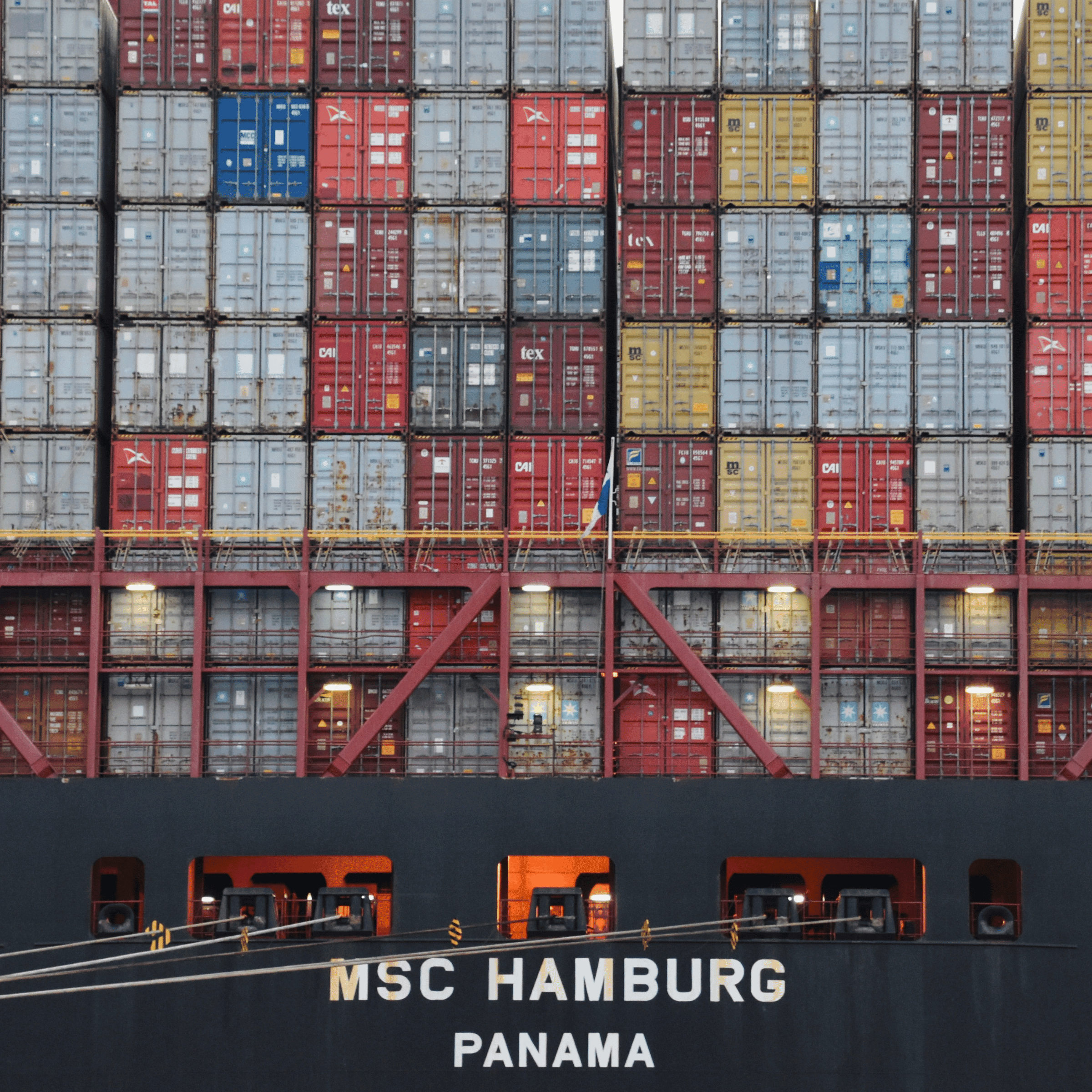Introduction
In an increasingly globalized and interconnected world, efficient and reliable systems for tracking, identifying, and managing goods are essential. One of the most fundamental tools used for this purpose is the 1-dimensional (1D) linear barcode. A standard in various industries worldwide, 1D barcodes play a crucial role in the seamless operation of global supply chains. This article offers an in-depth insight into 1-dimensional linear barcodes, explaining what they are, why they are significant, and how they are utilized in the supply chain.
What are 1-Dimensional Linear Barcodes?
A 1-dimensional linear barcode is a visual representation of information in the form of parallel lines of varying widths and spacings that can be read by a barcode scanner. Each barcode encodes data, such as a product’s unique identification number, that can be quickly scanned and processed by computers for various purposes, including pricing, inventory management, and more. Common examples of 1D barcodes include the Universal Product Code (UPC) and the European Article Number (EAN).
Why are 1-Dimensional Linear Barcodes Important?
Efficiency and Speed
1D barcodes allow for quick and efficient scanning, saving businesses time and reducing the potential for human error in tasks like inventory management, pricing, and checkout.
Cost-Efficiency
Automated scanning and information retrieval reduce labor costs and enhance cost-effectiveness in operations.
Global Standardization
The widespread use of 1D barcodes has led to global standardization, ensuring compatibility and interoperability across different regions and industries.
Enhanced Accuracy
Minimizing manual data entry, barcodes help in significantly reducing errors, ensuring that the right products are available at the right place and time.
Traceability
Barcodes allow products to be tracked throughout the supply chain, from manufacturer to retailer, enhancing visibility, accountability, and forecasting abilities.
Applications in the Supply Chain
Inventory Management
In the supply chain, 1D barcodes are essential for keeping accurate inventory counts. They enable real-time tracking of inventory levels, helping businesses optimize stock levels and minimize carrying costs.
Order Processing
Barcodes expedite the order processing system by automating the picking, packing, and shipping processes, ensuring orders are processed quickly and accurately.
Traceability and Visibility
Barcodes allow for the tracing of products throughout the entire supply chain, enhancing visibility, ensuring compliance, and facilitating recall management.
Point of Sale (POS)
At the retail level, barcodes facilitate fast and accurate checkout processes, enhancing customer satisfaction and minimizing queues.
Logistics and Shipping
Barcodes are used in logistics and shipping to label and track shipments, ensuring efficient and reliable delivery of products to their destinations.
Challenges and Considerations
While 1D barcodes offer numerous benefits, it’s also crucial to consider the limitations and challenges. One significant limitation is the amount of data they can hold. Given their linear structure, 1D barcodes can only hold a small amount of data compared to 2-dimensional barcodes.
Conclusion
In conclusion, 1-dimensional linear barcodes are pivotal in enhancing efficiency, accuracy, and traceability in the supply chain. Despite their limitations, their role as facilitators of fast and reliable information processing and retrieval is undeniable. As supply chains continue to evolve, so will barcoding technology, ensuring that barcodes remain an integral component in the world of supply chain management for years to come.






